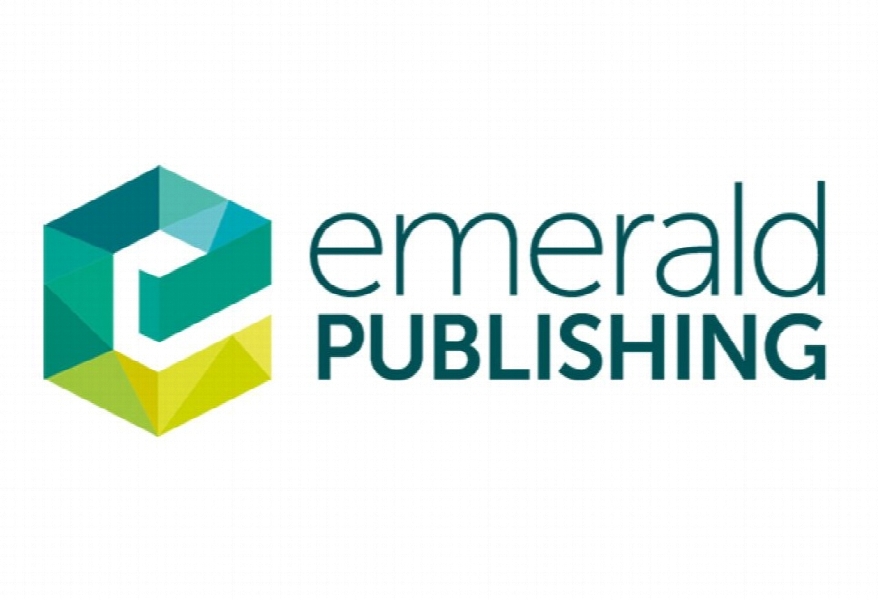سرمایه فکری در حمایت از مدیریت استراتژیک کسب و کار مزرعه: مطالعه موردی Intellectual capital in support of farm businesses’ strategic management: a case study
- نوع فایل : کتاب
- زبان : انگلیسی
- ناشر : Emerald
- چاپ و سال / کشور: 2018
توضیحات
رشته های مرتبط مدیریت، حسابداری
گرایش های مرتبط مدیریت استراتژیک، مدیریت کسب و کار
مجله سرمایه فکری – Journal of Intellectual Capital
دانشگاه Department of Economics and Management – University of Ferrara – Italy
شناسه دیجیتال – doi https://doi.org/10.1108/JIC-11-2017-0150
منتشر شده در نشریه امرالد
کلمات کلیدی انگلیسی Intellectual capital, Strategy, Accounting, Farm business
گرایش های مرتبط مدیریت استراتژیک، مدیریت کسب و کار
مجله سرمایه فکری – Journal of Intellectual Capital
دانشگاه Department of Economics and Management – University of Ferrara – Italy
شناسه دیجیتال – doi https://doi.org/10.1108/JIC-11-2017-0150
منتشر شده در نشریه امرالد
کلمات کلیدی انگلیسی Intellectual capital, Strategy, Accounting, Farm business
Description
1. Introduction The literature has recognized the critical role of knowledge and, thus, intellectual capital (IC) in the enhancement of firms’ strategy (Eisenhardt and Santos, 2002; Marr and Roos, 2005; Sveiby, 2001) and competitiveness (Grant, 1996). IC generally includes human, structural and relational capital (Meritum, 2002; Roos, 2005). Examining IC components, human resources contribute to organizational innovation through individual creativity (Amabile, 1988) which is dependent on domain-specific skills, creativity skills, an individual’s intrinsic motivation and conditions of social environment (Amabile, 2012). Amabile (1988) stated that domain-relevant skills represent the “individual ‘raw materials’ for creative productivity” ( p. 131), and include basic knowledge and technical skills in a given domain (e.g. expertise), while creativity-relevant skills represent a “cognitive style favorable to taking new perspectives on problems, an application of heuristics for the exploration of new cognitive pathways, and a working style conducive to persistent, energetic pursuit of one’s work” ( p. 131) (e.g. flexibility, social skills, risk orientation). Domain-relevant skills can be innate or acquired by formal and informal training in the domain; creativity-relevant skills depend on experience and training (Amabile, 1988). Transformations of IC, by way of the interaction of assets, as in the case of human capital nto new products and services (Edvinsson and Sullivan, 1996) are the main source of value creation (Peppard and Rylander, 2001). In agriculture as well as in other firms, the role of innovation has been discussed as pivotal (Edvinsson and Sullivan, 1996) to face the increasing uncertainty of the operating environment (Boehlje et al., 1995; Diederen et al., 2002; Boehlje et al., 2011) and to allow its economic survival (Nieuwenhuis, 2002) through competitiveness (Subramaniam and Youndt, 2005). Despite this, evidence of the value provided by the interaction of different assets for strategical innovation in agricultural firms represents an under-investigated field; the majority of studies mainly address the effect of IC on farm businesses’ productivity and financial performance (see e.g. Scafarto et al., 2016; Lee and Mohammed, 2014). Moreover, there are few studies on the development of the human capital component of IC as a relevant asset (Hitt and Ireland, 2002) for innovation in the agricultural sector and these are mainly linked to training/ schooling levels of farming operators, experience and social networking activities (see e.g. Huffman, 2001). The current literature on human capital (and of course IC) in agriculture also presents gaps concerning the strategical determination and assessment of competences needed to support the competitive advantage (Kozera, 2011). However, accounting studies on IC have been focused on the role of IC-based accounting techniques to improve management and reporting (Guthrie et al., 2012; Mouritsen et al., 2001). To this end, scholars have recently called for investigations into the contribution of IC resources to organizational strategy and performance (Lev, 2014; Vagnoni and Oppi, 2015), including sustainability (Cavicchi and Vagnoni, 2017) and value creation (Roos, 2005; Peppard and Rylander, 2001), focusing on the interconnectedness among the different categories of assets (Marr et al., 2004; Habersam and Piber, 2003). Moreover, the interconnectedness of different IC assets should be studied focusing on how business activities transform IC and how this process can affect value creation (Cuganesan, 2005) or negatively impact on it (Cavicchi, 2017).


